"The Commercial Side of the Slave Trade"
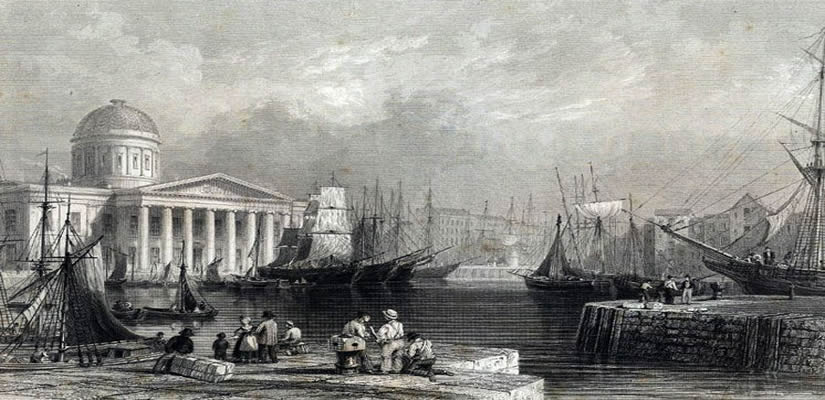

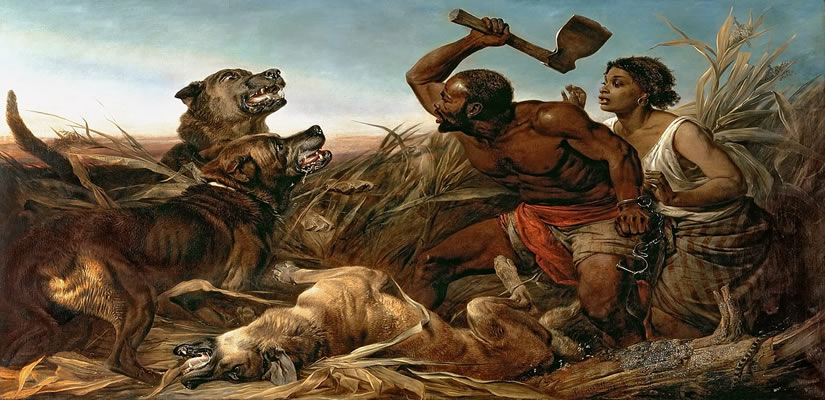
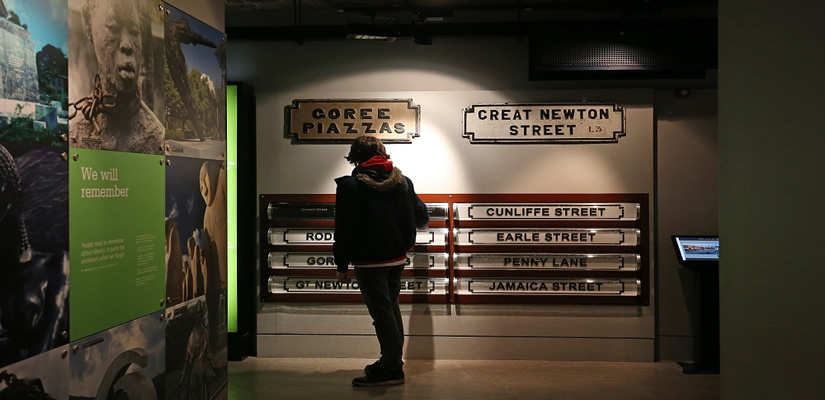

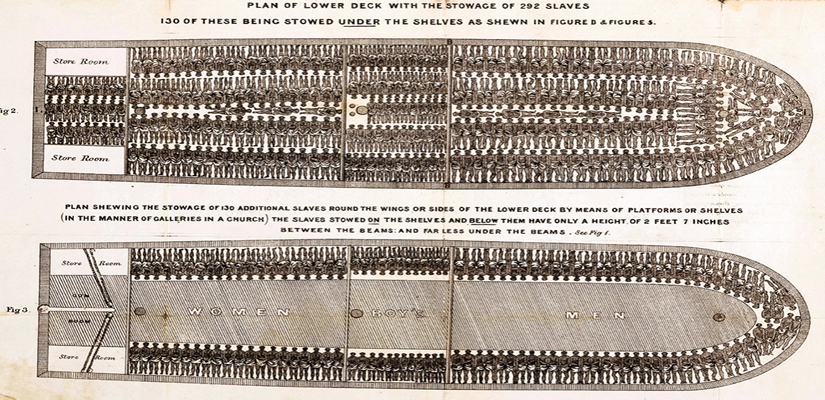

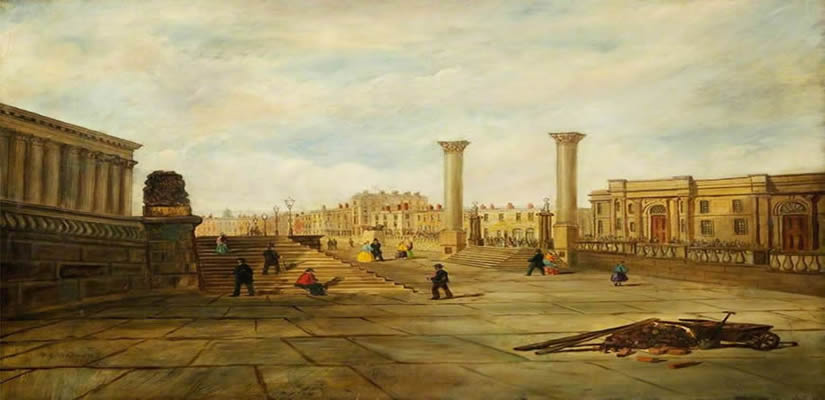
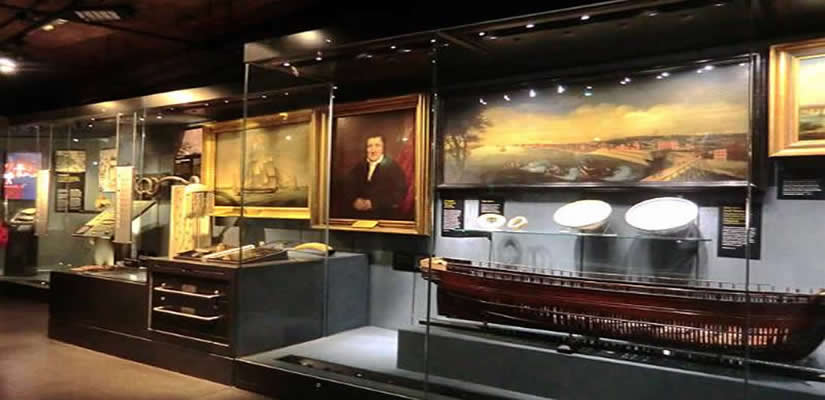


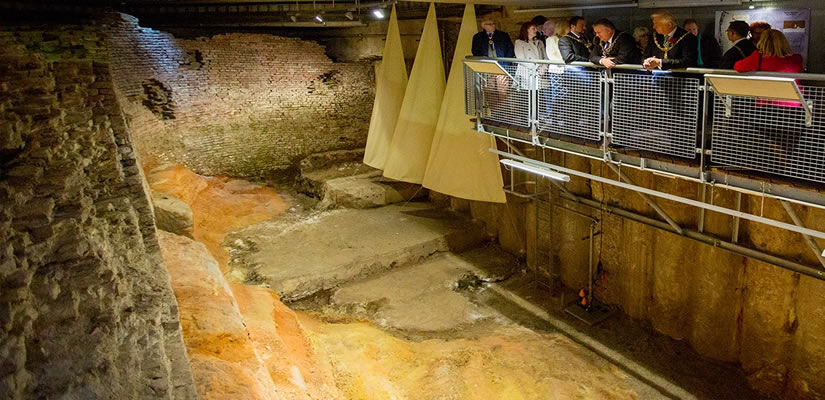
We have another tour exploring The homes, estates and residences of the merchants which can be found at this link
(Same for both tours)
By the 1750s Liverpool had overtaken Bristol and London as the slave-trading capital of Britain.
The principle was simple, export cheap glass beads and brass bracelets called manila (and sometimes arms and gunpowder) to countries on the East Coast of Africa. These goods were exchanged for human cargo.
The human cargo then embarked on the horrific middle passage where they were transported to the Americas and West Indies and became slaves on the plantations growing sugar cane, cotton and tobacco. It was said that a man had more room in his coffin than a slave had onboard the ship during this dreadful voyage.
The ship captains were instructed to use the money obtained from the sale of the slaves to purchase these goods and transport them back to Liverpool. The ships were refitted in the Graving Docks on Liverpool’s waterfront and the process started again.
The goods brought back from America were sold throughout Britain. Sugar was very much in demand by those who could afford it and cotton was moved to the mills in Manchester to be woven into cloth.
Incredible amounts of money were made by the merchants who dealt in these goods and progressively the Town of Liverpool became unbelievably wealthy - sometimes exceeding London in prosperity.
After the abolition of the slave trade, the merchants still benefited from the sale of goods that continued to be produced on the plantations of America and the West Indies. At the pinnacle of its trade Liverpool bristled with imposing civic monuments, gleaming office blocks and a seven mile swathe of docks.
The monuments, buildings and homes of the slave traders and merchants still exist today and we have two tours available that will bring you up close and personal with the legacy of the 18th and 19th century slave traders and merchants.
The commercial side of the slave trade: This tour will take you round the original seven streets of Liverpool and explore the banks, offices and very streets that the slavers walked and conducted their everyday business. Visit places where slaves were traded on the streets of Liverpool and even visit a pub that existed in the days of the early slave traders.
The whole of Liverpool was mortgaged for £10,000 to fund the construction of the world’s first commercial tidal dock. Learn how this was a major turning point for Liverpool.
Liverpool has some magnificent architecture. Discover what vast sums of money were spent and how the trade coming into Liverpool funded these buildings and the merchants they were built for.
Does the Nelson Monument in Exchange Flags by Liverpool Town Hall really show chained slaves around the base? See some of the places where slaves were sold in Liverpool and newspaper adverts announcing the sale.
Take a walk along Castle Street (one of the original streets of Old Liverpool) and see the building where the only branch of the Bank of England existed outside of London. At one time, Liverpool was wealthier than London on the back of fortunes generated by the slave trade and even issued its own bank notes. There was also a Bank of Liverpool and the building can still be seen in Water Street.
Such was Liverpool’s dominance of the transatlantic slave trade that one in five African captives crossing the ocean was carried in a Liverpool slave ship.
Come to Liverpool and Discover.
Tread the same streets as Liverpool's slave traders and privateers did in the 18th Century.
The slavers, merchants and privateers expressed their wealth by investing in the construction of lavish buildings to improve the town.
Visit a public house that existed in the early days of the slave trade - how many slavers drank at this very bar.
After the harrowing middle passage and return to Liverpool with goods, the slave ships needed to be refitted. See the graving docks where this took place.
The tour will take place rain or shine so please ensure that you have appropriate clothing. In extreme weather conditions it could be cancelled. A reasonable level of fitness is required as there is a considerable amount of walking - sometime uphill. Please ensure that you have comfortable shoes to walk in. A bottle of water is advisable during hot weather.

The meeting point for the tour is at the Pier Head in front of the Port of Liverpool Building (on the mersey side of the building).

Tour begins of Slavery - the commercial side and lasts for approximately two hours.

The meeting point for the tour is at the Pier Head in front of the Port of Liverpool Building (on the mersey side of the building).

Tour begins of Slavery - the commercial side and lasts for approximately two hours.
Feedback for individual guides is obtained from a variety of sources, including social media. We'd be delighted if you could take the time and let us know how you enjoyed your tour.
Trains on the National Rail Network arrive at Liverpool Lime Street Station. There is also a local train network called Merseyrail that travels to / from Central Station. You would then be able to obtain detailed directions using the search facility above.
There are two main bus terminals in Liverpool. There is the Central Bus Station at Canning Place, Liverpool 1. There is also another terminus at Queens Square by St George's Hall. There is an extensive bus network throughout Liverpool and the 82 bus from the Central Bus Station will travel through the city centre.
Black cabs are available all over the city and can be flagged at the roadside. You can tell the taxi driver the name of your destination and they will be able to take you there. Their knowledge of streets and venues (especially in the city centre) is extensive and you should not have any difficulty.